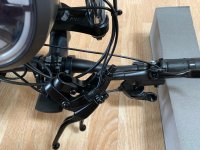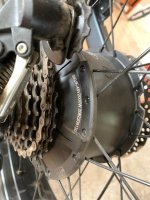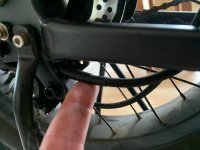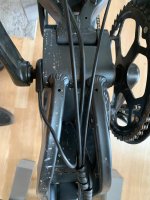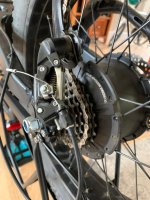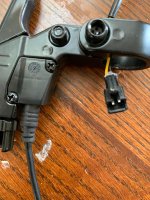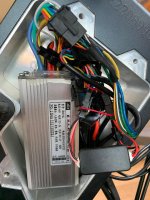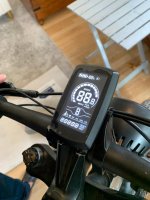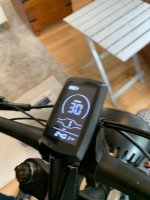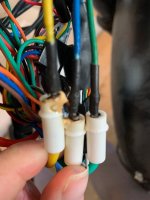54Goldtop
10 mW
First, I have read a number of posts on this Forum as well as googled and watched several Youtube videos. My specific problem doesn't seem to be addressed so I thank all of you in advance. I have a Mao Tse Tung special ebike, which has about 250 miles on it, and the bike has been interesting and I decided t o add some upgraded parts. The bike is a beast, more like a Honda Trail 90 than an MTB, 2000 watt, 48 V, 25 AH as basic configuration. It has a no-name engine--"SKUK". It is crude but interesting and did work well. I upgraded the brakes and my LBS guy, who I like, put on a set of hyrdalic brakes that did not have the brake cutoff sensor port. He took the old levers and zip tied them to front fork, hillbilly solution. It worked for one ride. There is for sure a connection happening because if I move the zip tied (old) levers, the brake light will go on or off. The display shows an Error 30 code. My goal is to identify an external mount and use the existing sensor, or, switch out the sensors now, get rid of the old levers (ridiculous solution anyway) and tie them off--effectively removing them. I ride this boke on old fire roads and offroad trails, no city riding--I really don't think I need the cutoffs. Can someone suggest a way to either mount an external cutoff sensor or tie them off? Obviously, if they are tied off, I have the concern of interfering with some other grounding or reading that effects something else, electricity being magic and mysterious. it appears that no juice is getting to the rear hub engine. Where do I start?




